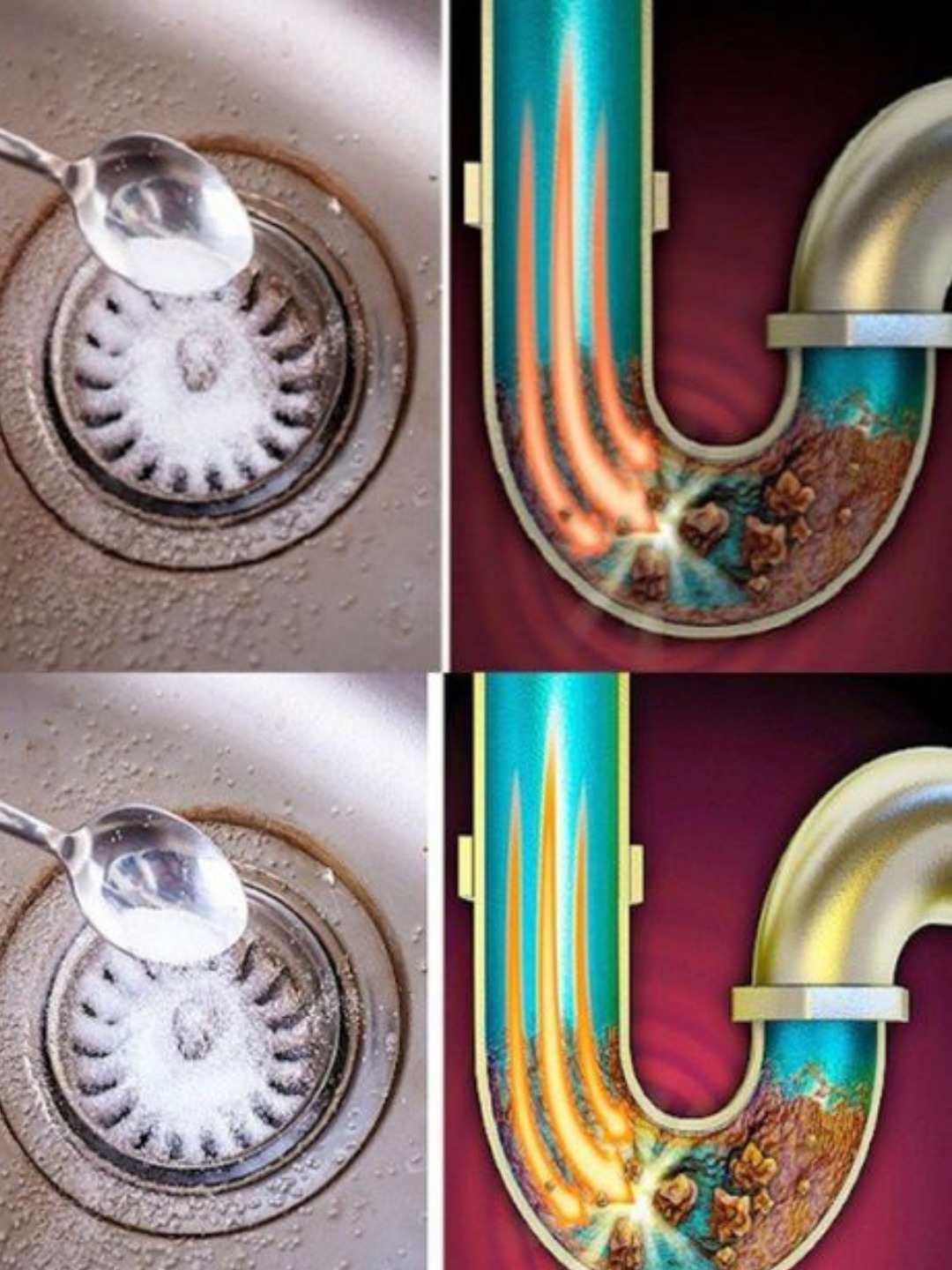Insert into the drain and push down.
Rotate and pull up — it grabs hair and gunk.
Rinse and repeat until clean.
Bonus: Clean every few weeks to prevent future clogs.
4. Wet/Dry Vacuum (Serious Suction Power)
Best for: Deep, stubborn clogs that won’t budge
How It Works:
Uses strong suction to pull out debris — like a super-powered plunger.
Steps:
Set vacuum to liquid mode.
Create an airtight seal over the drain with the hose (use a rag around edges).
Turn on for 15–30 seconds.
Check flow. Repeat if needed.
Works on floor drains, laundry tubs, and more.
Bonus: Prevent Clogs Before They Start
Use drain strainers in sinks, tubs, and showers
Avoid pouring grease down the kitchen sink — wipe pans with paper towels instead
Flush drains weekly with hot water + baking soda/vinegar
Clean pop-up stoppers monthly — they trap gunk fast
Run cold water while using garbage disposal
Prevention = fewer emergencies.
What NOT to Do
Never mix vinegar + bleach → Toxic chlorine gas
Don’t use chemical cleaners after natural methods → Dangerous reactions
Avoid drain snakes on PVC pipes unless gentle — can scratch or puncture
Stick to safe, simple solutions.
Final Thought: Nature Can Handle the Grime — You Just Need the Right Tools
You don’t need dangerous chemicals to fix a clogged drain.
Just a little know-how, some elbow grease, and everyday items already in your home.
By choosing natural methods, you’re not just clearing a pipe — you’re protecting your health, your home, and the environment.
So next time the sink gurgles…
Reach for the baking soda, not the bleach.
Because sometimes, the best solutions are the simplest — and safest — ones.
ADVERTISEMENT

